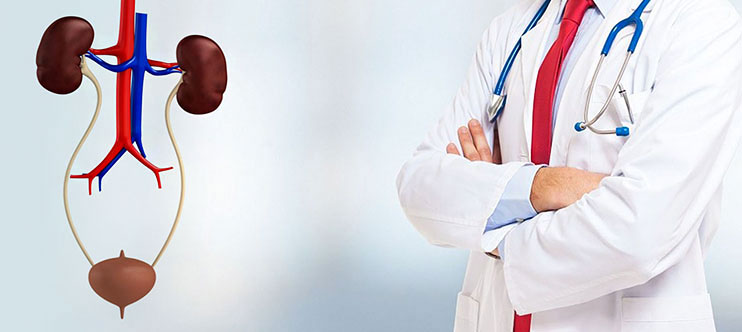

Urethral strictures and other obstructive conditions of the urethra often require intervention to restore normal urinary flow and alleviate symptoms. Procedures such as urethral dilatation, Otis urethrotomy, and VIU (Visual Internal Urethrotomy) represent key treatment modalities in urology. These techniques range from minimally invasive approaches to more surgical methods, each designed to safely and effectively address urethral narrowing. The choice of procedure depends on the stricture’s location, length, severity, and the patient’s overall condition, making careful diagnosis and individualized planning essential.
Treatment
Urethral Dilatation
- Objective: Gradually widen the urethral lumen using serial dilators.
- Procedure: A series of dilators of increasing diameter are gently inserted to stretch the narrowed segment.
- Benefits: Patients can resume normal activities within 1-2 days.
Otis Urethrotomy
- Objective: Incise the fibrotic tissue of the urethral stricture using a specialized cutting instrument.
- Procedure: Performed under direct vision, typically with the aid of a cystoscope, the Otis urethrotome is used to make precise incisions along the stricture to relieve the narrowing.
- Benefits: Offers a more lasting solution for selected cases compared to simple dilatation.
VIU (Visual Internal Urethrotomy)
- Objective: Endoscopically incise the stricture to improve urinary flow.
- Procedure: Using a small endoscope, the stricture is visualized directly and incised, often with the aid of laser or cold knife techniques.
- Benefits: Minimally invasive with immediate improvement in the lumen; allows for direct visualization of the urethral anatomy.
Surgical Approach
- Visualization: Endoscopic methods (as in VIU and Otis urethrotomy) rely on clear visualization of the urethra using cystoscopes.
- Technique: Procedures are typically performed under regional or general anesthesia, with careful technique to minimize trauma and reduce the risk of complications such as bleeding or infection.
- Adjunctive Measures: Post-procedure stenting or temporary catheterization may be used to maintain urethral patency and support healing.
Prevision
- Medical History and Physical Examination
- Consent and Counseling
- Diagnostic Imaging
Urethral dilatation, Otis urethrotomy, and VIU (Visual Internal Urethrotomy) are effective and widely used procedures for managing urethral strictures, each offering distinct advantages based on the severity and characteristics of the condition.